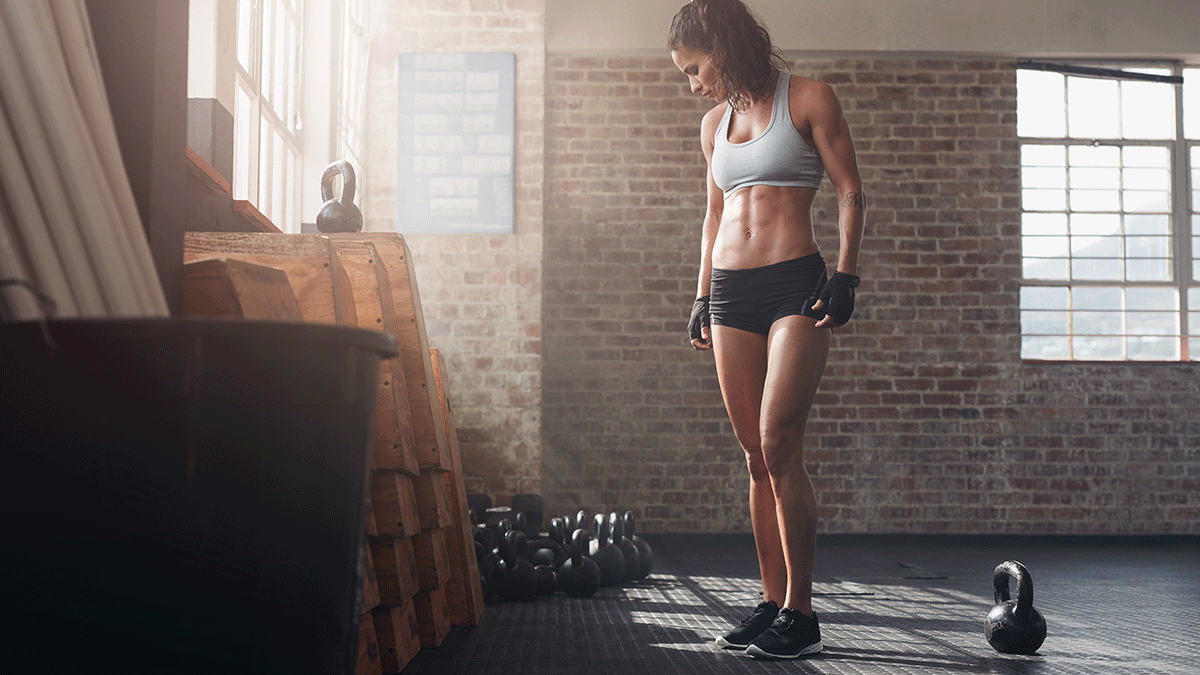The Best Way To Slim Your Thighs Without Exercising Too Hard
Feel like you’ve tried everything to slim down your legs? Work this underrated solution into your daily routine and you’ll have slimmer legs in no time.

Walk your way to slimmer, stronger legs in no time
Tried everything to slim down your legs? You already know that walking improves the muscle tone in your lower body and uses up calories – a 45-minute brisk walk burns 270 calories (based on a 150-lb. woman). You also know it’s safe, low-impact and easily incorporated into your everyday routine, and the Heart and Stroke Foundation of Canada recommends 30 to 60 minutes of brisk walking per day to get in shape.
Did you realize, though, that the way you walk – your gait – is key?
It’s important for both your balance and stability as you move (therefore helping to keep you injury-free), and good form provides maximum power for minimum effort. Combine the right way of walking with good posture and you’ll also look slimmer.
Slim down your legs by maintaining good posture
The key to avoid wasting energy and to maintain your balance is to hold your body upright but relaxed. Leaning too far forward or back while walking can place unnecessary strain on your hips, knees and spine.
Slim down your legs by taking proper steps
When you take a step forward, you should naturally land on the outer edge of your heel, rather than flat on the ground. Your foot then rolls inward so that the inner edge of the sole takes more of your body weight.
This inward roll – called pronation – absorbs shock and helps you to balance. Without proper pronation, the foot and ankle have problems stabilizing the body.
Experts estimate that well over half of the population either under or over pronates.
Get the most out of every step with these 4 tips:
Watch your stride
When walking at a faster pace than normal, a common mistake is to place the front foot too far ahead. Focus on taking shorter but quicker steps. The power you generate while walking comes from your back leg, so concentrate on pushing off with your back leg and foot with each step.
Increase your difficulty
If you are already an avid walker, you may want to try longer distances. But you don’t necessarily need to walk farther or faster to work your muscles harder – walking up hills or on soft surfaces, such as sand, increases the work that your muscles do.
Give poles a try
Nordic walking also ups the intensity. This popular exercise, developed in Scandinavia, involves holding on to two walking poles. As you stride forward with your left foot, you move the right pole forward, and vice versa.
The poles encourage you to safely increase the length of your stride so you can burn more calories than during normal walking, and the swinging arm and torso motion means you get more of an upper body workout.
Count your steps
A great way to stay motivated is to use a pedometer. The ideal number of steps, according to heart experts, is 10,000 (about eight kilometres) a day.




